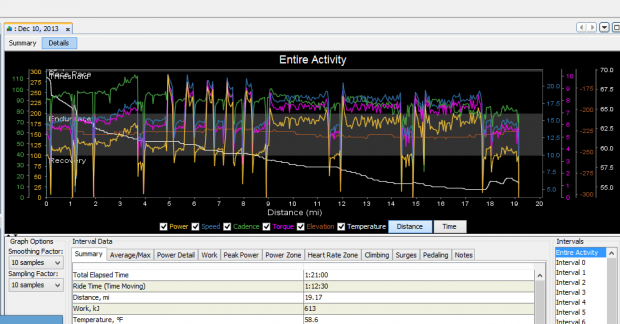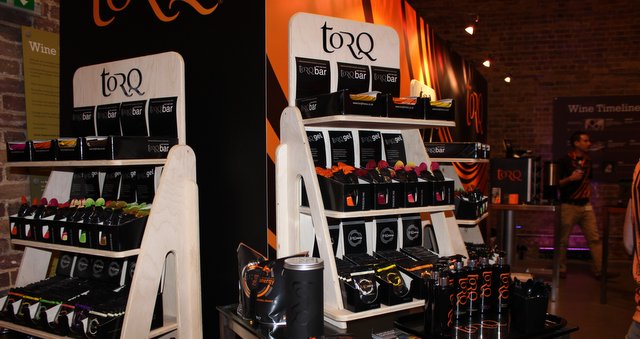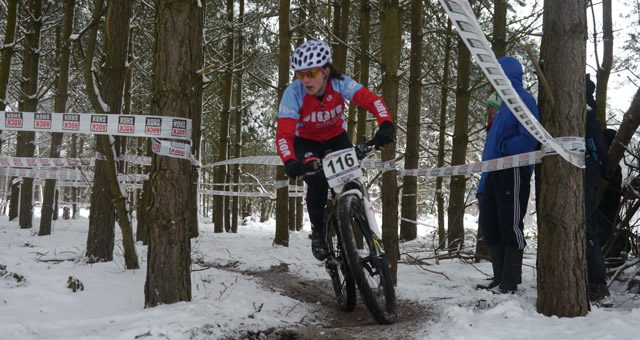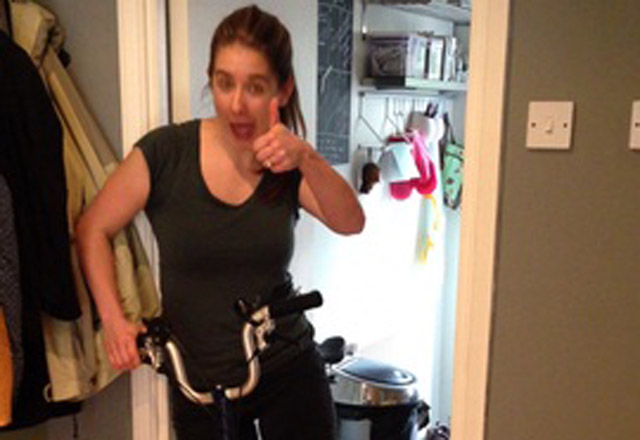Keep tabs on how well you’re doing
Having a gauge of how you’re doing on the turbo can help, too – and there are lots of ways of monitoring your effort.
Elite criterium racer Hannah needs to prepare herself for bursts of hard efforts during races and uses RPE (Rate of Perceived Exertion) to determine how hard and fast she pedals. She said: “I am starting to use a heart rate monitor now, but usually I just go as hard as I can.
The good thing about training indoors is that I know I’m at home, so I can go all out, completely blow up and know I don’t have to ride 10 miles to get home.
Maryka trains for time trials which involve long, sustained efforts. She prefers to monitor power produced in watts, saying:
“One of my essential turbo items is my powermeter, or a laptop and Ant+ stick, to display live stats and my Garmin to keep track of my real intervals.”

Julia is coached by professionals at Drag2Zero and listed her power meter as an essential item to her turbo sessions, too.
A power meter is the most honest representation of how hard you’re working, and can be particularly helpful if you’re trying to train yourself to hold a steady effort for a set period of time. However, they’re not cheap,
The cheapest way of monitoring effort is to go with RPE, simply rating your effort out of from 1/10 as “recovery” to 10/10 for sprints less than 20 seconds long.
For a more scientific approach that isn’t as expensive as a powermeter, monitoring your heart rate is a good alternative – once you’ve found your maximum heart rate you can set yourself training zones depending upon the length of the effort you’ll be putting in.
Whatever method you choose, knowing how hard you’re working, and how hard your body should be working, is the best way to make sure you’re getting the most out of your session, and having a number to focus on will also help keep boredom at bay.





